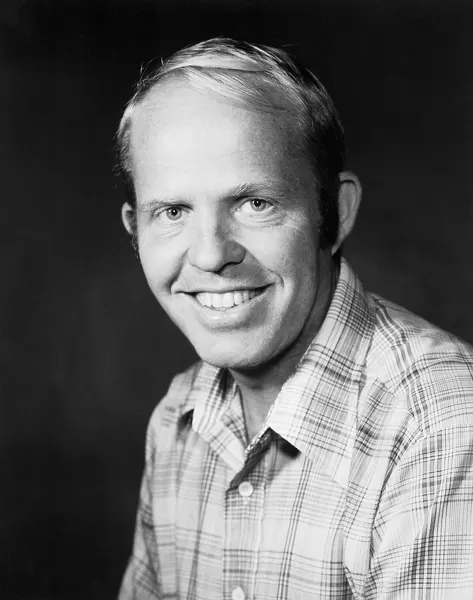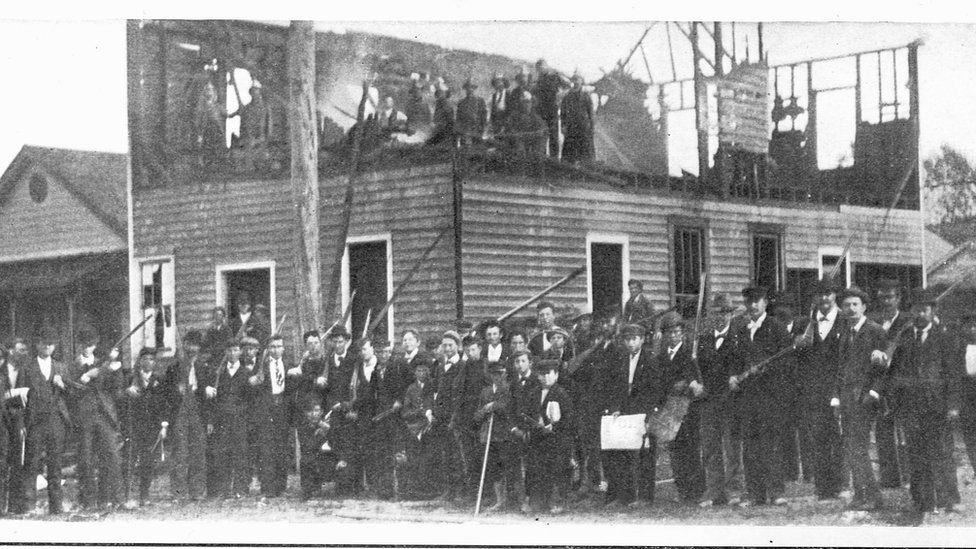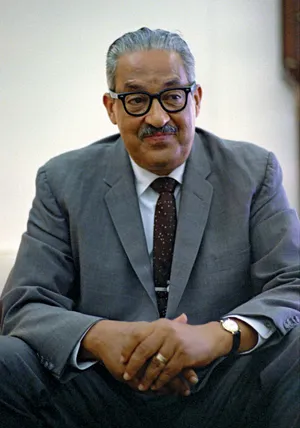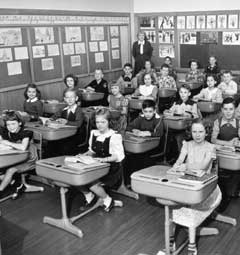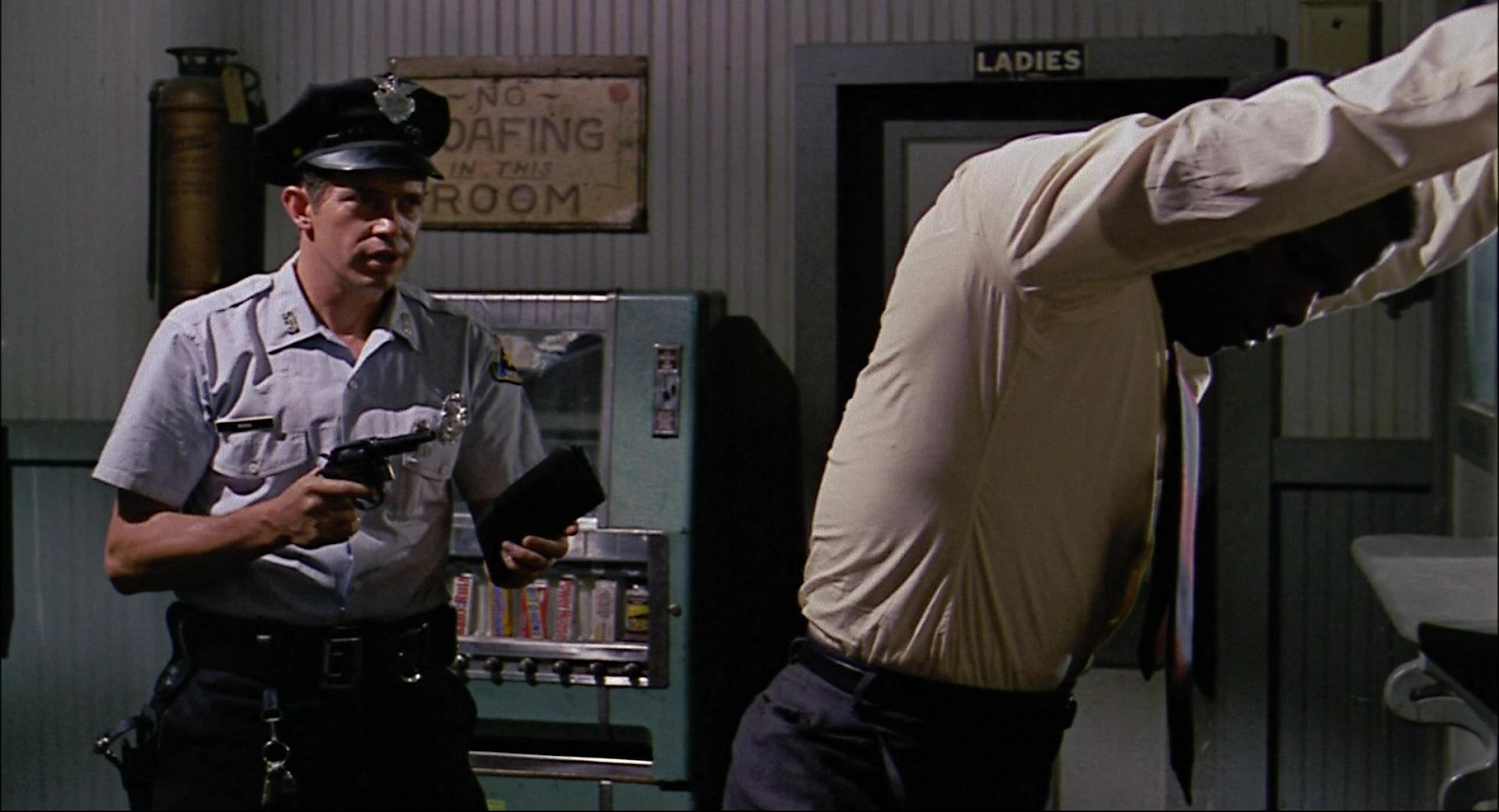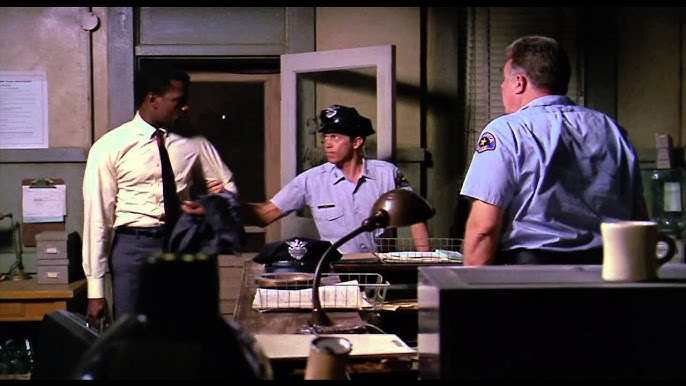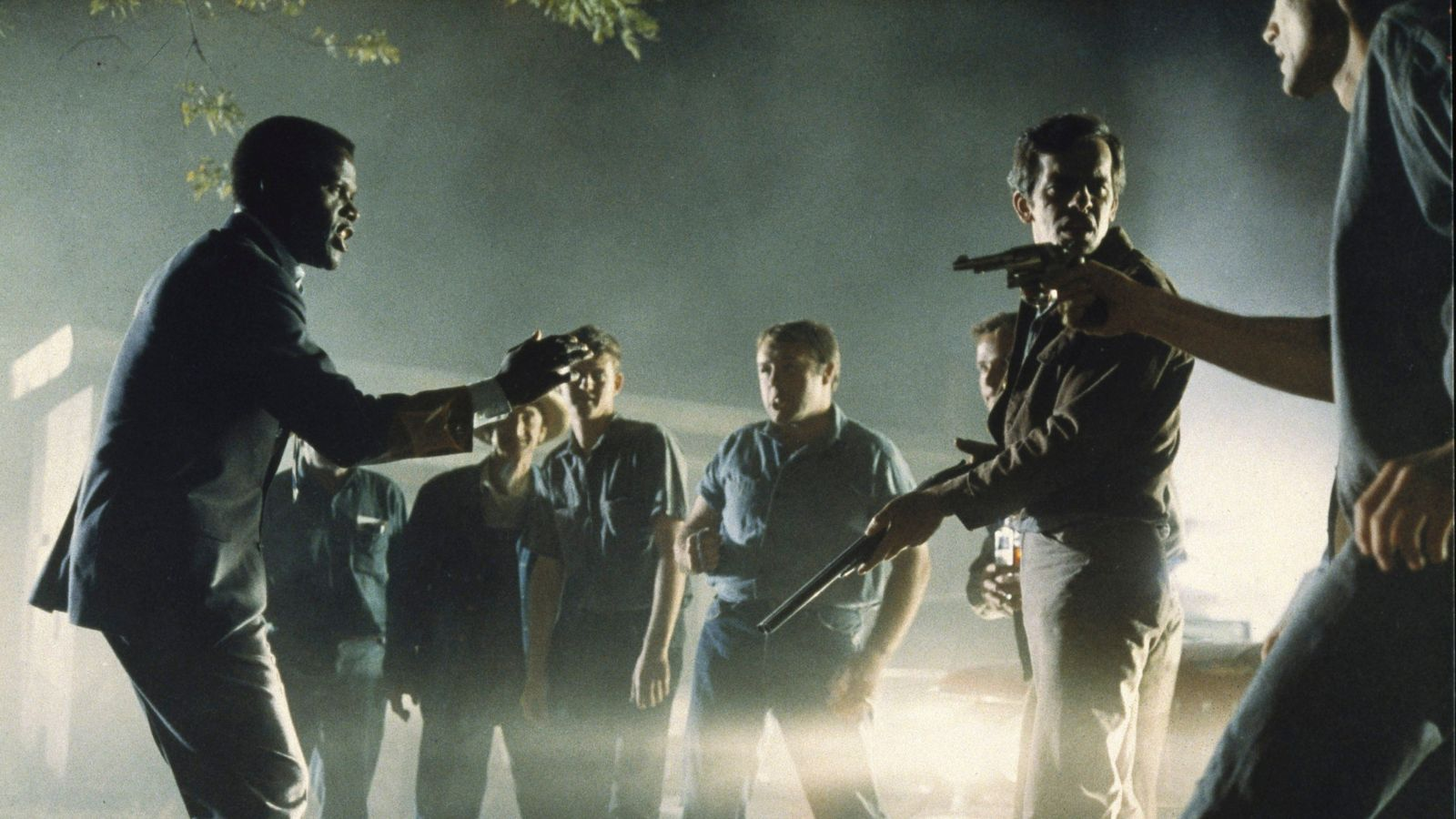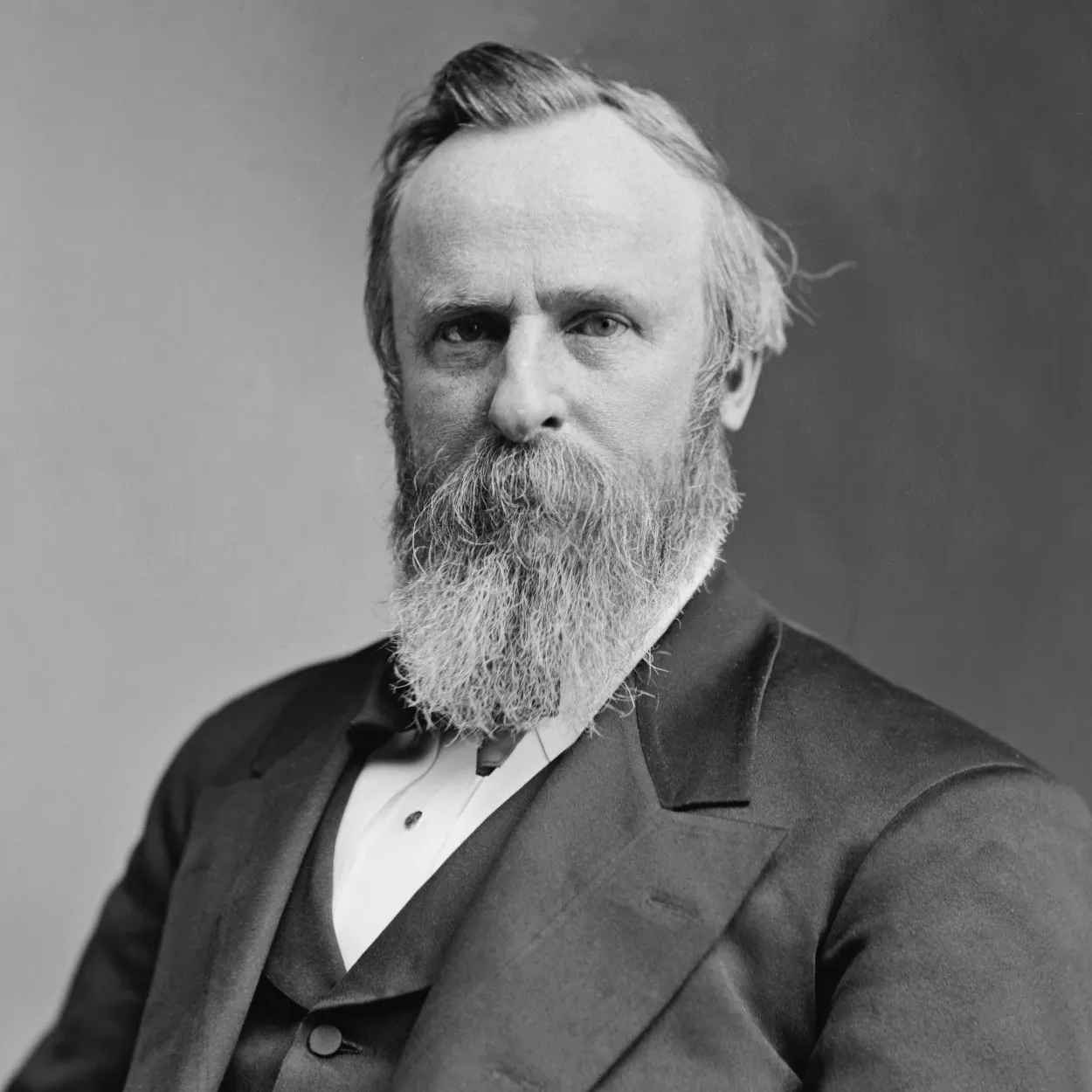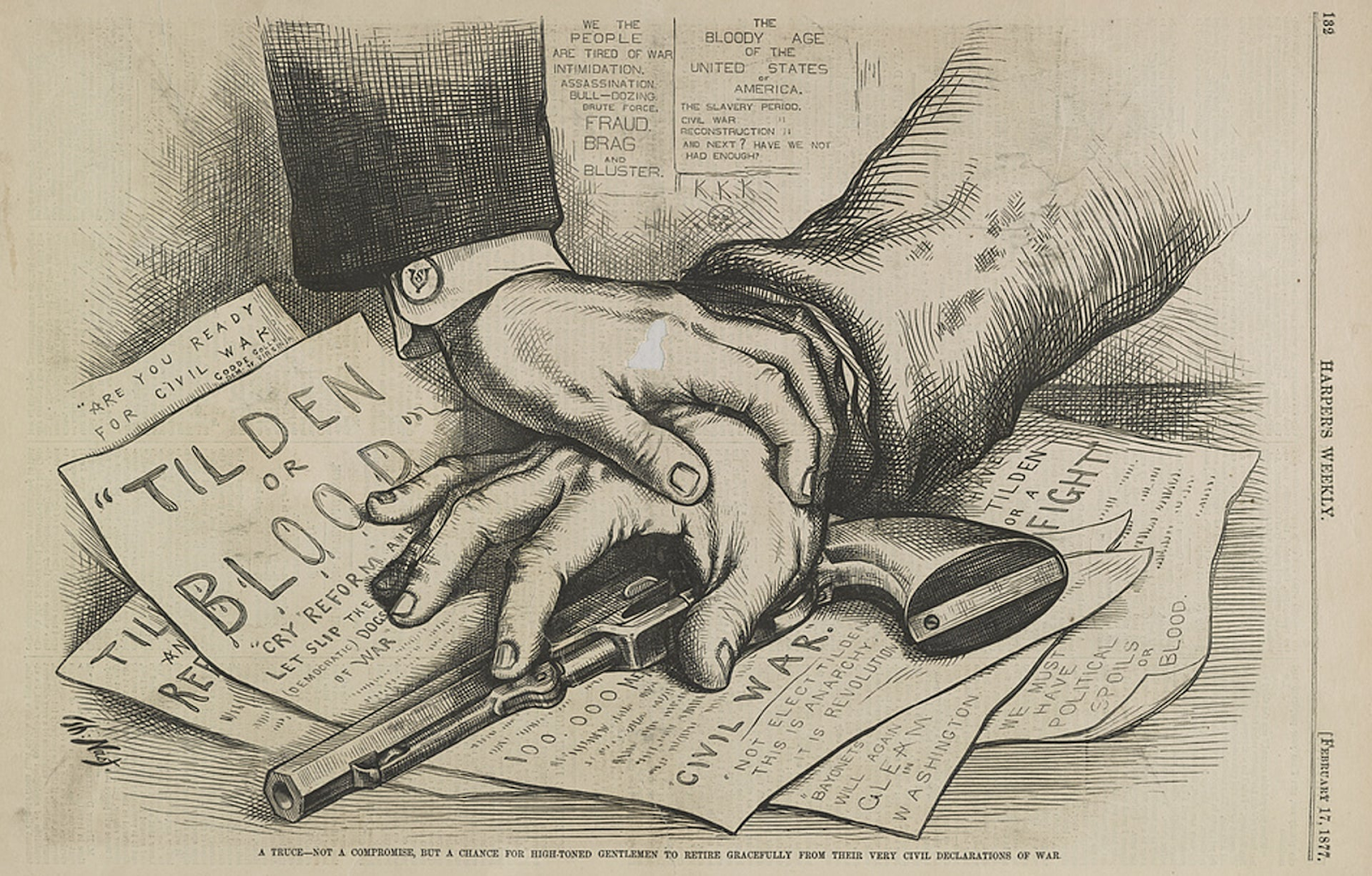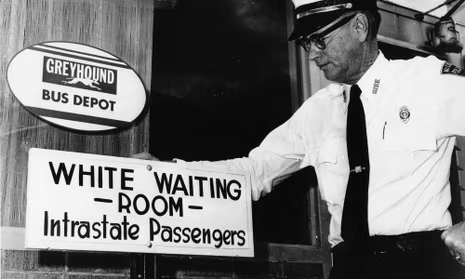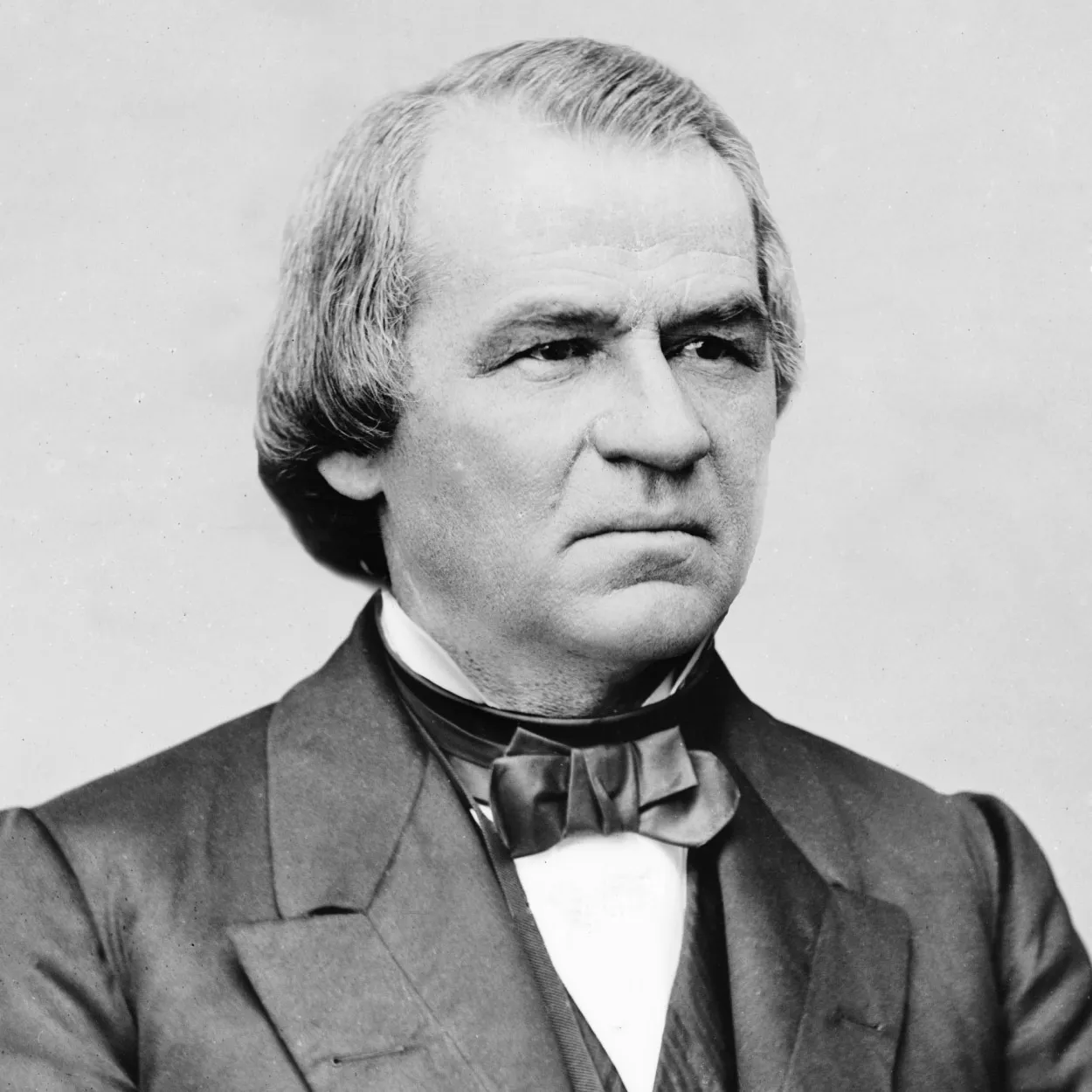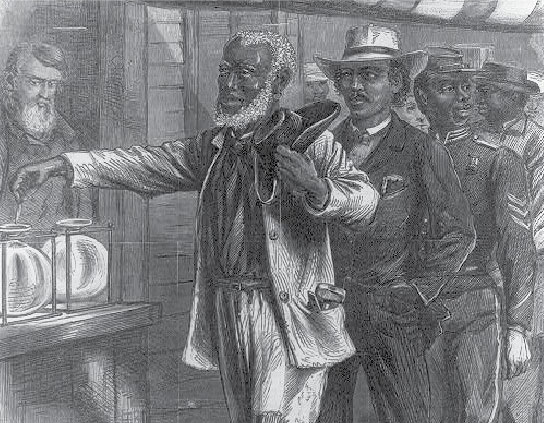In the early 1970s Davis Medical School, chartered by the University of California, attempted to increase the diversity of its student body by reserving space for minorities. This initiative lead to the reservation of ten out of one hundred seats for African American students. While such a policy was intended to provide opportunities for historically underrepresented and marginalized groups, many Americans perceived the medical schools admission's strategy as reverse discrimination. In support of their claims, critics argued that the establishment of a racial quota was impartial and juxtaposed merit based admittance.
Supporters of the universities action rebutted that quotas were a necessary atonement for past sins and were needed to effectively bring the African American community up to speed. Other proponents would argue that research had demonstrated an improved educational experience for all groups; different groups provide different perspectives and come from different backgrounds, leading to intellectual refinement.
In 1978, these viewpoints would come into conflict in the halls of the supreme court with Bakke v. Reagents of the University of California. Alan Bakke was a prospective student at the Davis school of Medicine that was rejected in 1973 and again in 1974. On the basis that his 3.46 grade point average exceeded standards of application, Bakke believed his rejection was due to the racial quota and sued the school.
The court heard a myriad of arguments on the day of the convention which shed light onto the multifaceted complexity of the issue. The historical argument in favor of the university pointed out that the universities' policies were not about punishing a certain group, but uplifting a suppressed group. It was said that the scars of racism did not vanish with desegregation and that a difference in opportunity persisted. Consequently, it was reasoned that the university had an obligation to take active steps to dismantle any and all race-based disadvantages.
From a different perspective, it was argued that diversity serves the interests of the community. The defending legal team referenced the Fair Housing Act of 1968 which banned discriminatory housing practices. Through this litigation, it was extrapolated that there was a nation wide movement toward equality and inclusion. Therefore, the university was carrying out its due diligence for the black community.
To pivot, the defense also incorporated several economic rationalities into its argument. It was claimed that diversity stimulated the quality and was essential to workplace success. By this logic, the defense boldly declared that the removal of a racial quota would be a setback to the American interest.
In refutation of the previous claims, the plaintiff asserted that discrimination in any form is wrong and that admission should be based on academic ability, not race. Although it was acknowledged that racial quotas provided opportunities for marginalized groups, there was a declaration that these practices undermined their purpose by infringing the rights of an equally important group. Using this logic, Bakke's legal team reasoned that race-based admission policies were unconstitutional and infringed on the equal protection clause of the 14th amendment.
From an economic standpoint, it was emphasized that outcomes should be based on merit and not race, especially in the medical field. By this rationale, allowing certain students to matriculate despite poor academic performance could threaten the integrity of professional industry; this dangerous precedent could cause the medical field to regress rather than progress.
While the plaintiff did not point to any similar or precedent setting legal causes, it established that quota systems were a clear and blatant violation of the fourteenth amendment. It was also pointed out that equal competition and racial consideration could not coexist.
After hearing the various arguments presented the court ruled that no state shall deny equal protections and therefore race could not influence admissions decisions. When delivering the opinion of the court, Chief Justice Smith exclaimed that Bakke was not to be held responsible for past injuries and should be awarded admittance to the Davis Medical School.
